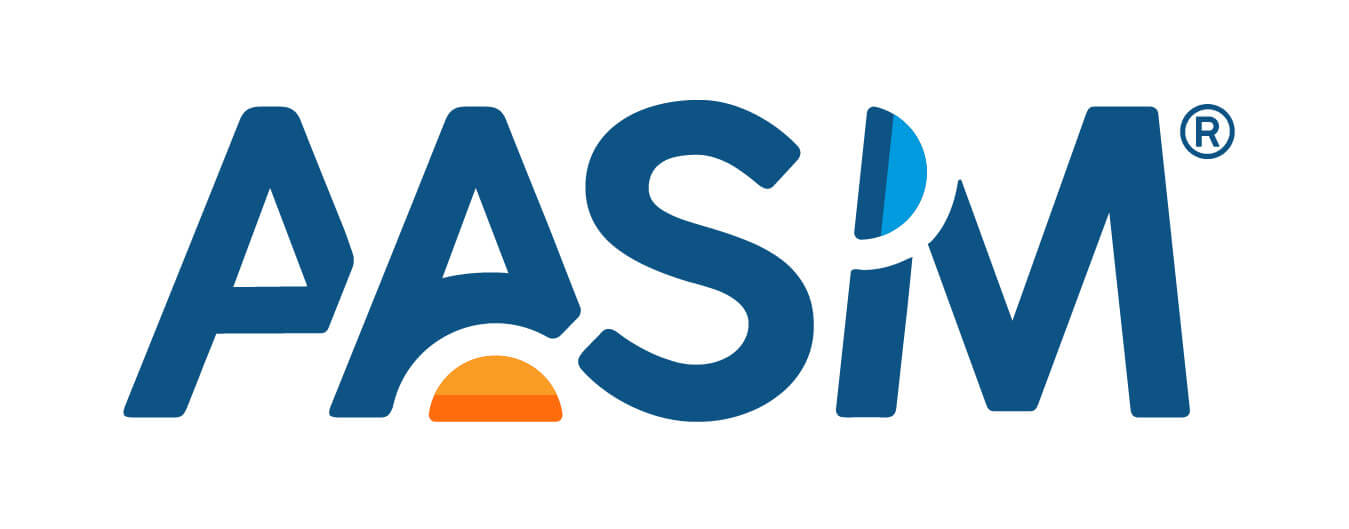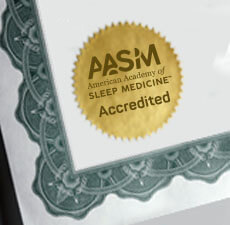FOR IMMEDIATE RELEASE
CONTACT: Thomas Heffron, 630-737-9700, ext. 9327, theffron@aasm.org
DARIEN, IL – Long an advocate of safe transportation through rested and alert commercial operators, the American Academy of Sleep Medicine (AASM) is now offering a free online presentation for truckers describing the signs, causes and effects of driver fatigue and some strategies to manage it.
SAFE-T: Sleep, Alertness and Fatigue Education for Truckers is available at https://aasm.org/hypnogram-safe-d-and-safe-t/. The presentation also is on YouTube to share or embed.
The 23-minute narrated slide presentation explores the causes of driver fatigue, such as working outside of a typical nine-to-five schedule or working unpredictable schedules. The presentation also discusses good sleep strategies for the road or at home to help manage fatigue. Planning sleep breaks and the timing of sleep breaks, managing off-hour responsibilities, and improving sleep environments are among the tips given.
“It is vital that commercial operators understand fatigue and risks of driving while tired,” said AASM President Sam Fleishman, MD. “Drivers need to be alert to operate their vehicles safely. Reduced alertness levels not only put their lives at risk but also jeopardize the safety of others on the road.”
According to a recent study by the AAA Foundation for Traffic Safety, an estimated 16.5 percent of all fatal motor vehicle crashes in the United States from 1999-2008 involved a fatigued driver.
And studies have shown that the effects of sleep loss are similar to having a blood-alcohol content over the legal driving limit.
The AASM is a professional membership society that is the leader in setting standards and promoting excellence in sleep medicine health care, education and research (www.aasm.org).
AASM research and scientists were instrumental in assisting in new transportation rules announced last December.
The Federal Motor Carrier Safety Administration (FMCSA) reduced by 12 hours the maximum number of hours a truck driver can work within a week and mandated a break of at least 30 minutes after every eight hours of work. In addition, the Federal Aviation Administration (FAA) limited flight times to eight or nine hours for pilots, and increased to 10 hours the rest time between flights.
“This free online presentation for truckers is another contribution by AASM toward improving sleep and public safety,” Fleishman said. “The AASM also will continue to support and assist the federal government in this cause in any way it can.”
Read more about sleep and sleep disorders on the AASM “Your Sleep” website at https://www.sleepcentral.org. Help for people who have a sleep problem is available at more than 2,400 AASM-accredited sleep disorders centers around the United States.








